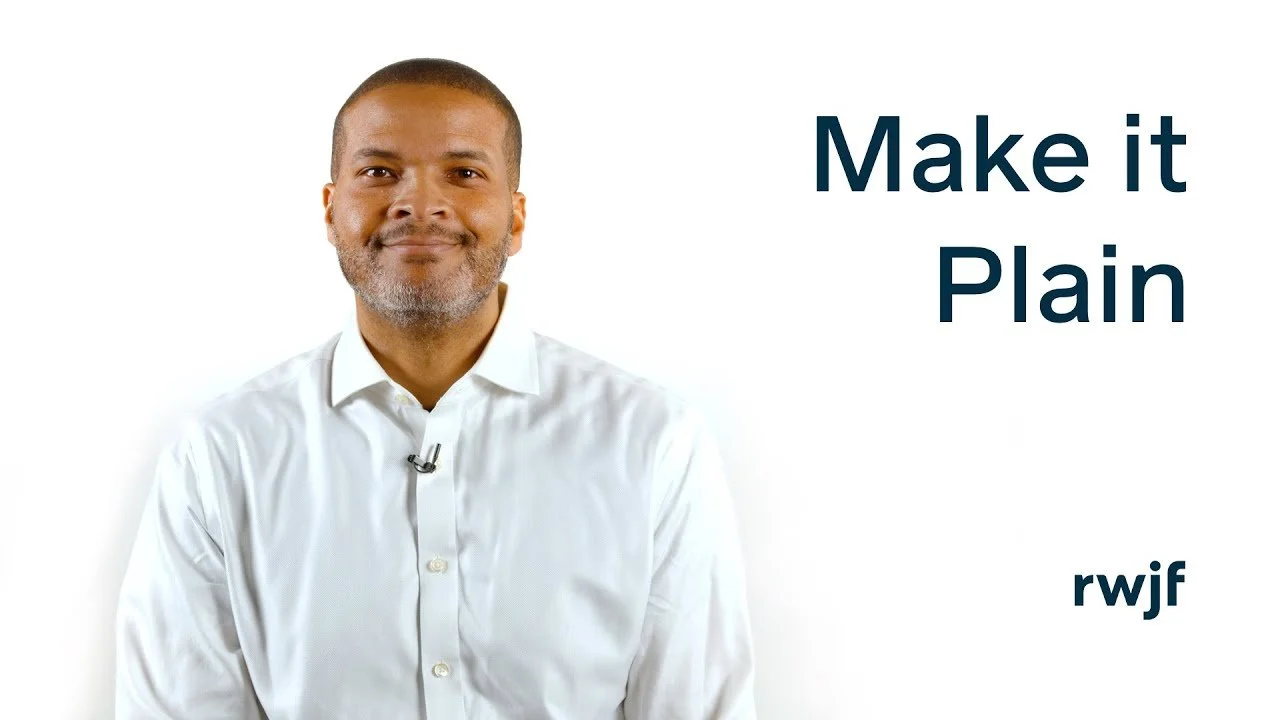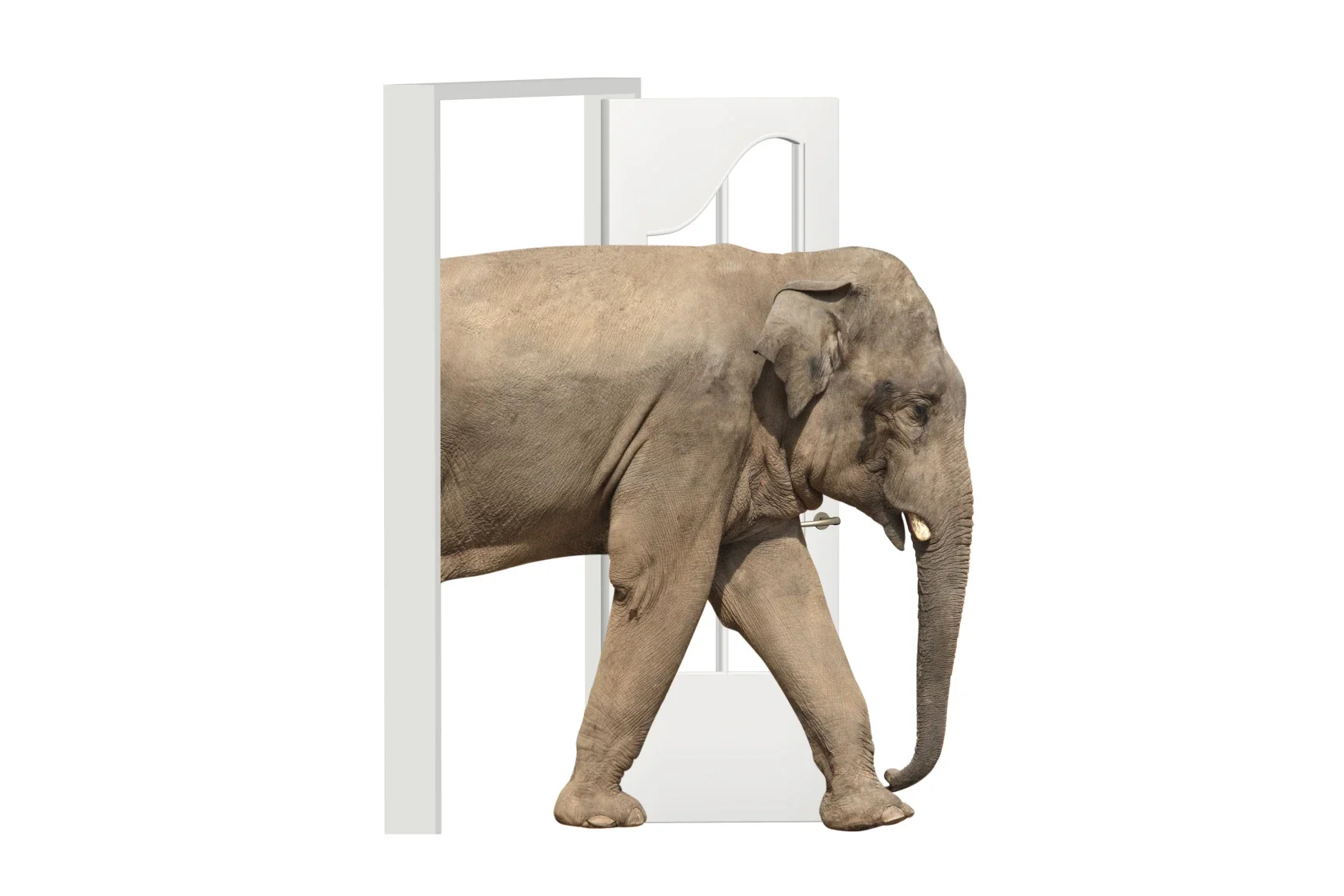
Resources
All Resources
Download the 7 Steps Guide
Print it, post it, or keep it by your desk. A practical, research-based framework you and your team can use every day to build trust and bridge divides.
We Can Build Bridges
is a free course from Interfaith America that highlights real-world examples and offers practical tools to help you apply these approaches.
The Commons: Where a divided America comes together
in the Chronicle of Philanthropy features case studies, interviews, research, and advice from a wide variety of voices.
Living Room Conversations
highlights stories of everyday people coming together to talk across divides, showing how honest conversation can build understanding.
One Small Step from StoryCorps
shares real stories from conversations between strangers to show how people with different views can connect.
The Power of Asset-Framing
by The Skillman Foundation features tips from expert Trabian Shorters.
Make It Plain
A video by the Robert Wood Johnson Foundation, addresses jargon and deficit-framing.
Leveraging AI for Clear and Accessible Web Content
by WebFirst shows how different AI tools can help you translate jargon.
Cutting Through the Jargon
on ComNet’s Storytelling for Good website explains the science of jargon and offers tips for translating it into familiar language.
Cultivating Contact: A Guide to Building Bridges and Meaningful Connections Between Groups
by Welcoming America helps you create trust and belonging when bringing people together.
Braver Angels
“brings organizations together to help grow and spread a social movement for bridging the partisan divide.”
A 3-Part Playbook to Build Connection and Community
in The Chronicle of Philanthropy suggests ways to create opportunities for people to work together.
Communications for Community
in Stanford Social Innovation Review offers ideas for communicators to help foster connections and community.
Why Love Is the Most Powerful Force in the Universe
by The Nation is an in-depth interview with Desmond Meade of the Florida Rights Restoration Coalition. (You can watch his ComNet keynote here.)
Beyond Red vs. Blue: The Political Typology
The Pew Research Center’s Beyond Red vs. Blue: The Political Typology identified nine different types of Democrats and Republicans.
The Hidden Tribes of America
More in Common’s The Hidden Tribes of America identified seven distinct groups, from “Progressive Activists" to “Politically Disengaged” to “Devoted Conservatives.”
An Emerging Tool in the Polarization Toolbox
by Beyond Conflict shows how to correct misperceptions that lead to polarization.
Belonging Without Othering
Podcast and other resources by the Othering & Belonging Institute at UC Berkeley can help you create meaningful connections with new audiences.
Practical Tools for Navigating Charged Conversations
The Bloomberg Harvard City Leadership Initiative has Practical Tools for Navigating Charged Conversations to “turn difficult interactions and important discussions into productive learning conversations.”
What is Civic Engagement?
by PACE. Civic engagement is about helping people be active participants in their communities, through productive conversations and positive action with all kinds of organizations.





















